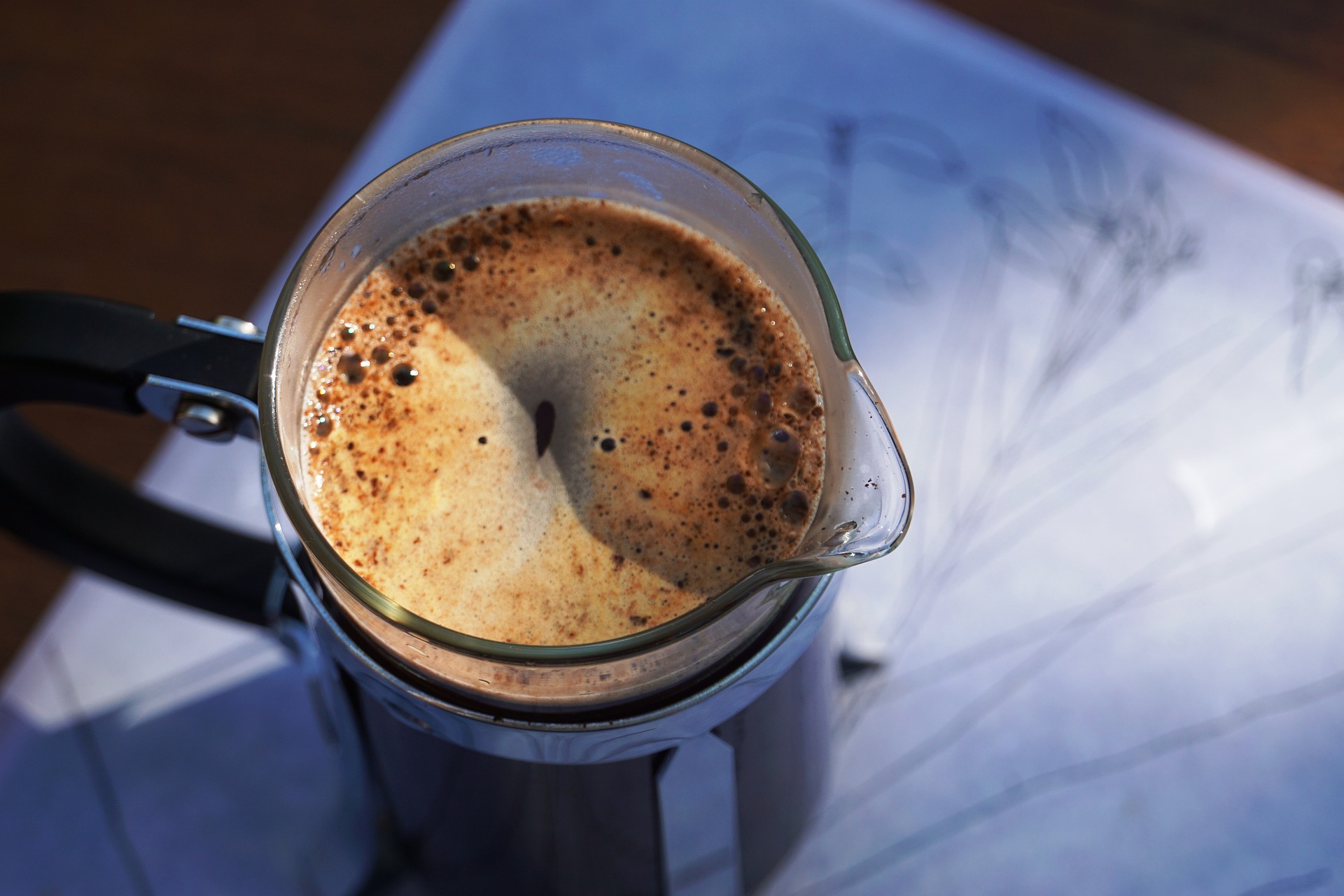Making espresso at home is more popular than ever.
It’s convenient, cost-effective, and allows you to enjoy a rich, bold coffee without leaving your house.
Many people think you need a fancy machine to make espresso, but that’s not true.
A French press can also do the job!
This simple method offers a great alternative, producing a strong, flavorful coffee that’s close to traditional espresso.
With a few basic steps, you can create your own espresso-like coffee at home using a French press.

How To Make Espresso With A French Press: At A Glance
- Choose Your Beans
- Grind Your Beans
- Preheat the French Press
- Measure Your Coffee
- Add the Coffee to the French Press
- Boil and Pour the Hot Water
- Steep the Coffee
- Press the Plunger
- Serve and Enjoy
What is Espresso?
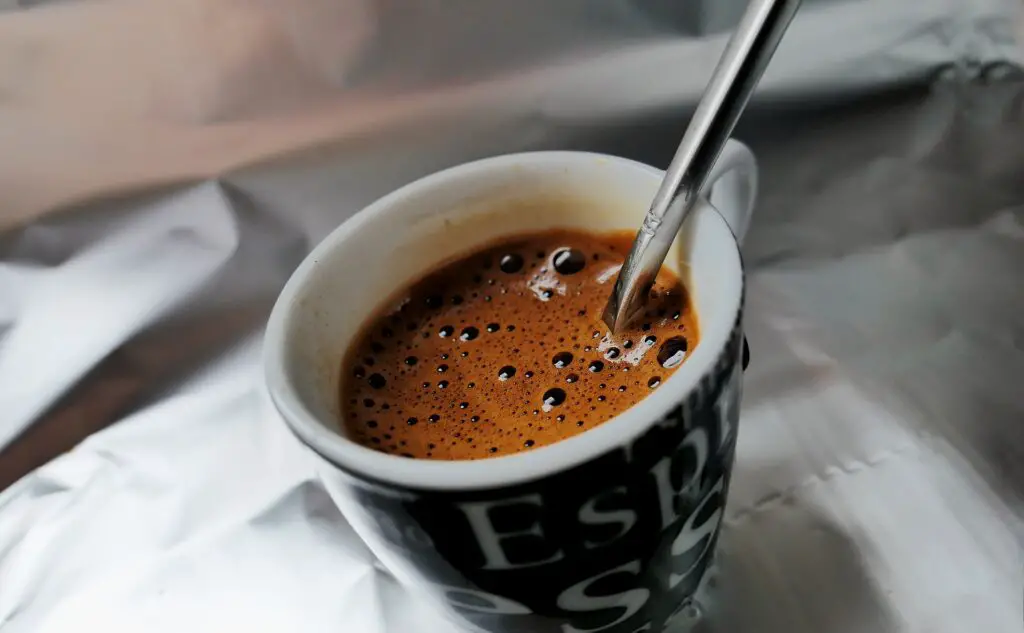
Espresso is a type of coffee made by pushing hot water through finely-ground coffee under high pressure.
This process creates a small, concentrated shot of coffee with a bold, intense flavor.
Espresso is known for its thick, creamy texture, often topped with a layer of rich crema.
Traditional espresso machines use at least 9 bars of pressure to force the water through the coffee grounds.
This high pressure is essential for extracting the deep flavors and oils from the coffee in a short amount of time.
The entire process typically takes about 30 seconds, resulting in a strong, flavorful coffee with a high caffeine content.
Espresso is the base for many popular coffee drinks like lattes, cappuccinos, and macchiatos.
Its unique brewing method and robust flavor make it a favorite among coffee enthusiasts.
What is a French Press?

A French press is a simple, popular coffee brewing device.
It consists of a glass or stainless steel cylinder, a mesh filter, and a plunger.
The French press is easy to use and doesn’t require electricity or complex machinery.
The French press works by using gravity and a plunger system.
First, you add coarsely ground coffee to the cylinder.
Then, you pour hot water over the coffee grounds and let it steep.
After a few minutes, you press the plunger down slowly.
This action pushes the coffee grounds to the bottom, separating them from the brewed coffee.
French press coffee and espresso are different.
French press coffee is brewed by steeping coarsely ground beans in hot water for several minutes.
This method extracts a full-bodied, rich flavor.
In contrast, espresso is made by forcing hot water through finely ground coffee under high pressure.
This process creates a bold, intense flavor and a creamy texture.
The French press does not use pressure like an espresso machine.
Therefore, French press coffee is usually less concentrated and has a different mouthfeel.
However, it still delivers a robust and satisfying cup of coffee.
Can You Make Espresso with a French Press?
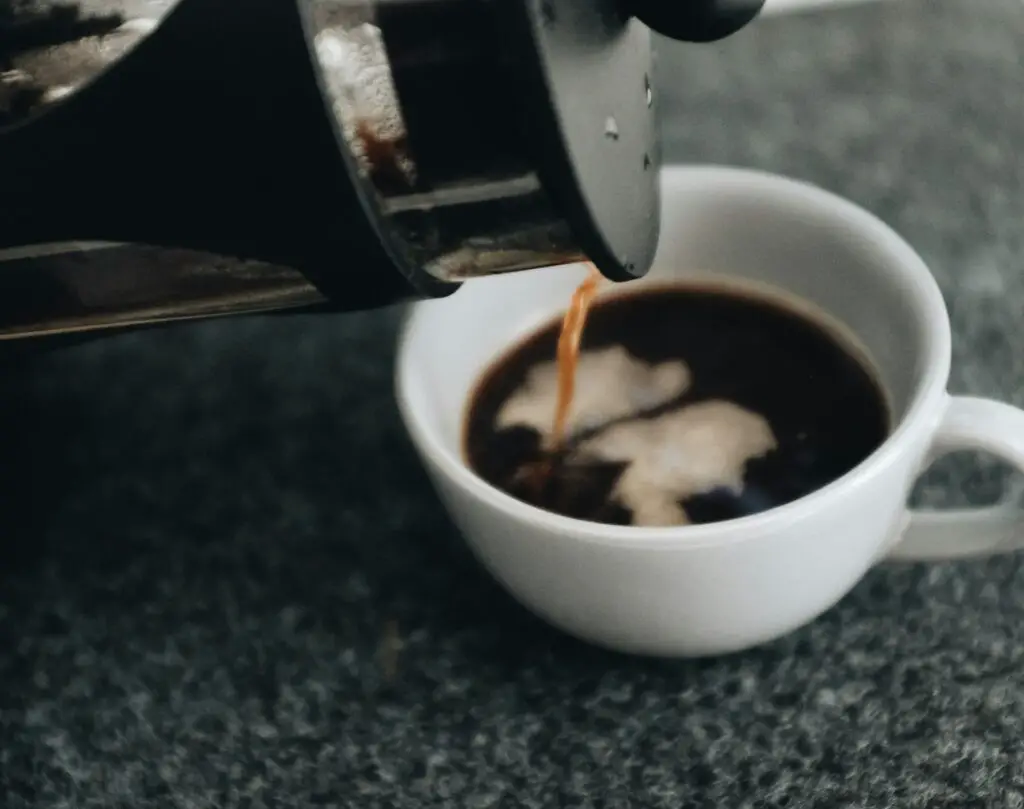
Making espresso with a French press is possible, but it’s important to understand the differences.
As mentioned earlier, Traditional espresso machines use high pressure, at least 9 bars, to force hot water through finely ground coffee.
This pressure extracts deep flavors quickly, creating a bold and intense shot of espresso.
A French press, on the other hand, does not use pressure.
Instead, it relies on gravity and a plunger to brew coffee.
Because of this, French press espresso is not true espresso.
However, it can produce a strong, concentrated coffee that closely resembles espresso.
Using a French press for espresso-like coffee has its benefits.
It’s a simple and cost-effective method, requiring only basic equipment.
The process is straightforward and doesn’t involve complicated machinery or high maintenance.
Additionally, a French press allows for more control over brewing time and water temperature, helping you to fine-tune the flavor to your preference.
While the result may not be exactly the same as traditional espresso, French press espresso offers a rich, satisfying coffee experience.
It’s a great way to enjoy a strong cup of coffee without needing an expensive espresso machine.
Ingredients and Equipment
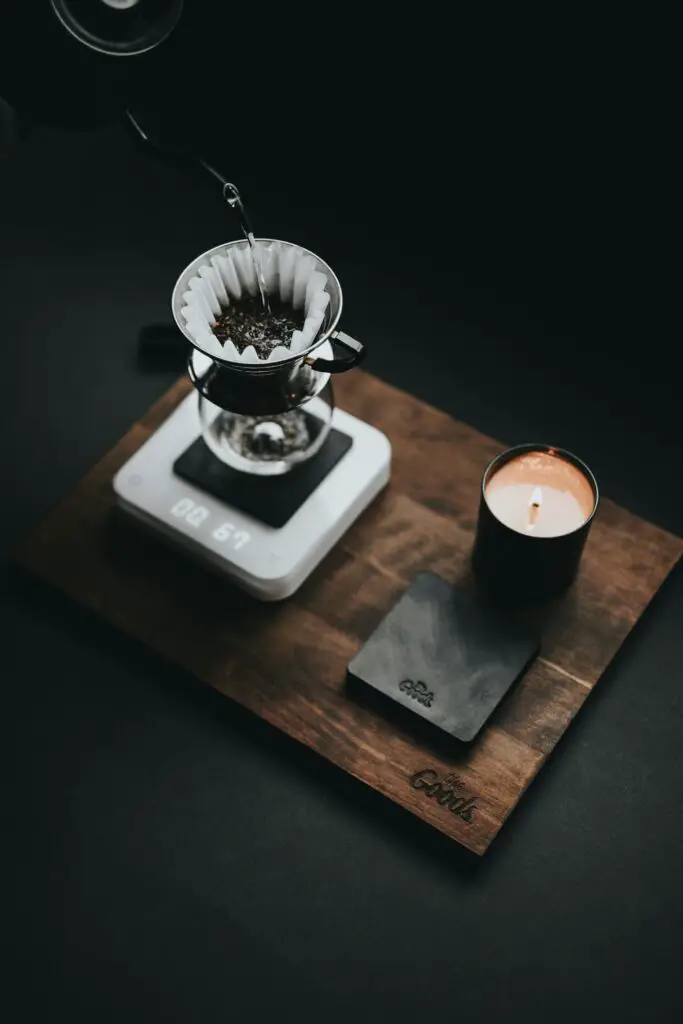
To make espresso with a French press, you’ll need a few essential items.
Here’s what you’ll need:
- French Press Coffee Maker: A French press with a sturdy plunger and mesh filter.
- Coffee Grinder: For grinding your coffee beans to the right consistency.
- Espresso Roast Coffee Beans (Dark Roast): Choose a bold, flavorful dark roast for the best results.
- Hot Water (195°F – 205°F): The ideal temperature range for brewing coffee.
- Timer: To ensure precise steeping time.
- Scale: For accurate measurement of coffee and water.
- Optional: Paper or Cloth Filter: For an even cleaner cup of coffee, you can filter the brewed coffee through a paper or cloth filter.
Step-by-Step Guide to Making Espresso with a French Press
1. Choose Your Beans
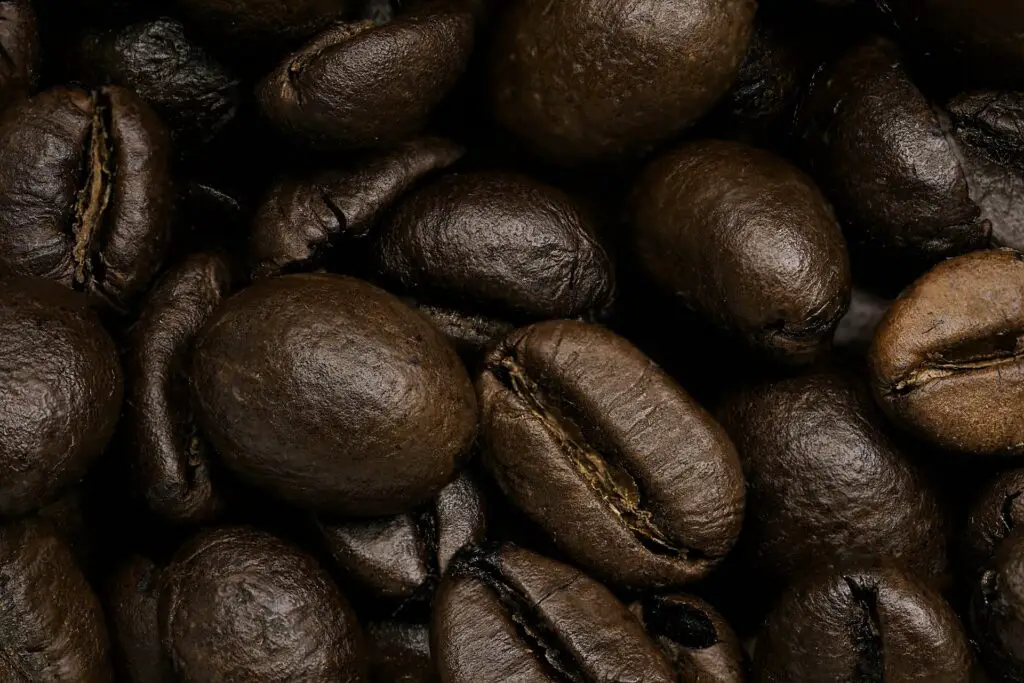
Selecting the right espresso roast coffee beans is crucial.
Look for a bold, dark roast labeled as espresso roast.
Freshness matters greatly.
Freshly roasted beans will have a richer, more robust flavor compared to older beans.
Always check the roast date and aim to use beans within a few weeks of roasting for the best results.
2. Grind Your Beans
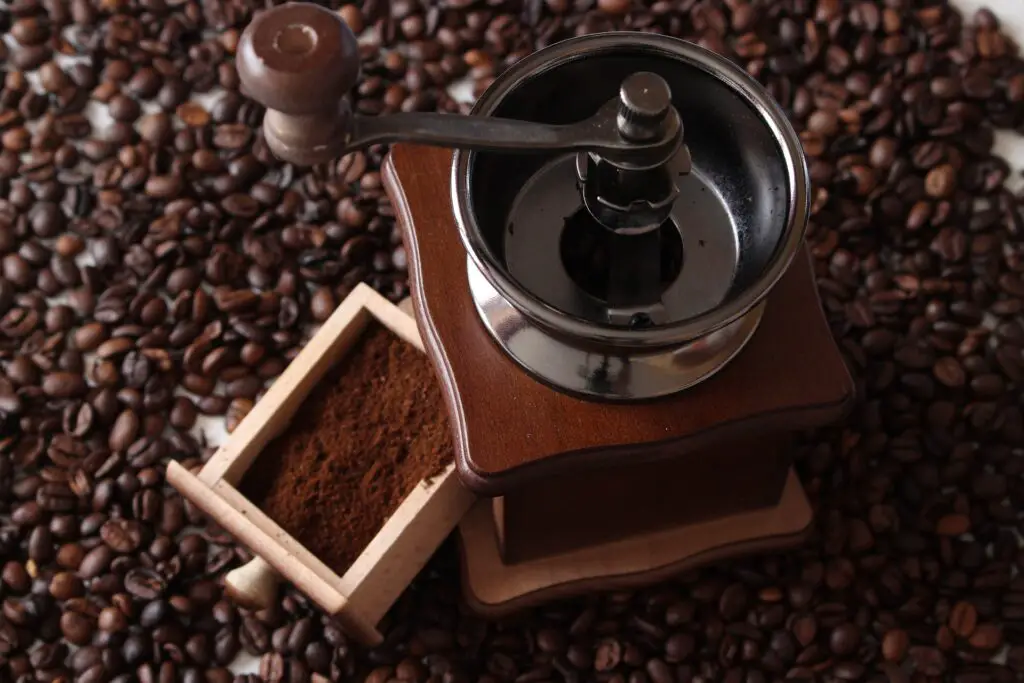
Grind your beans to a medium-fine consistency.
This grind size is essential for making espresso with a French press.
Too coarse, and the coffee will be weak; too fine, and it will be muddy and bitter.
A medium-fine grind allows for optimal extraction, ensuring a strong, flavorful coffee without any sediment in your cup.
3. Preheat the French Press
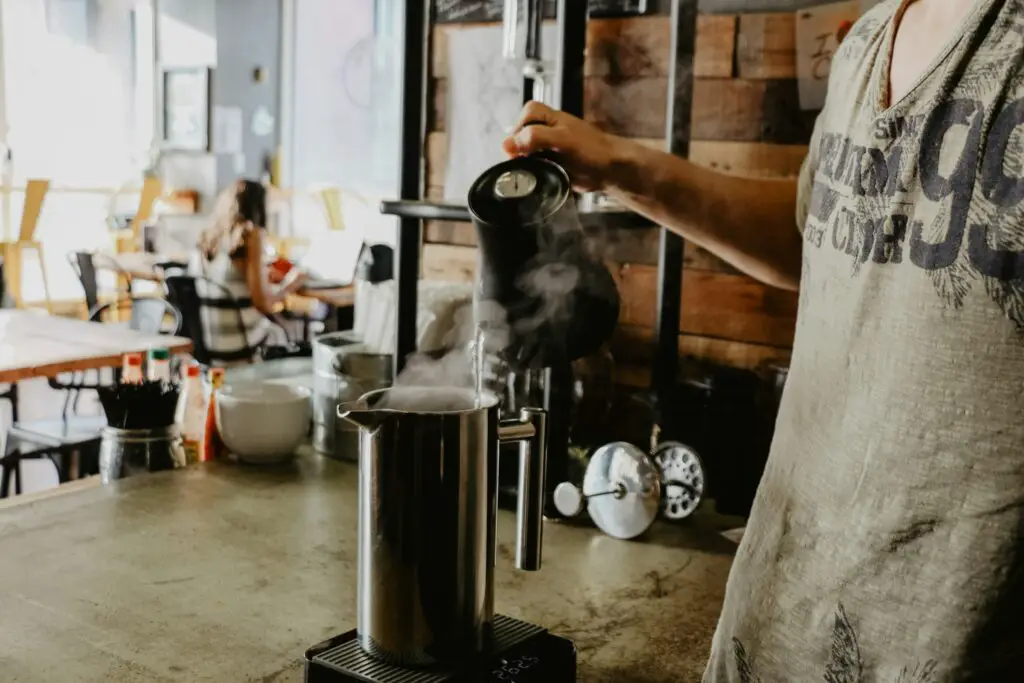
Preheating the French press helps maintain the coffee’s temperature during brewing.
To preheat, simply add hot water to the French press and let it sit for a minute.
Then, discard the water.
This step ensures that the glass or metal stays warm, which keeps the coffee at an ideal brewing temperature.
4. Measure Your Coffee
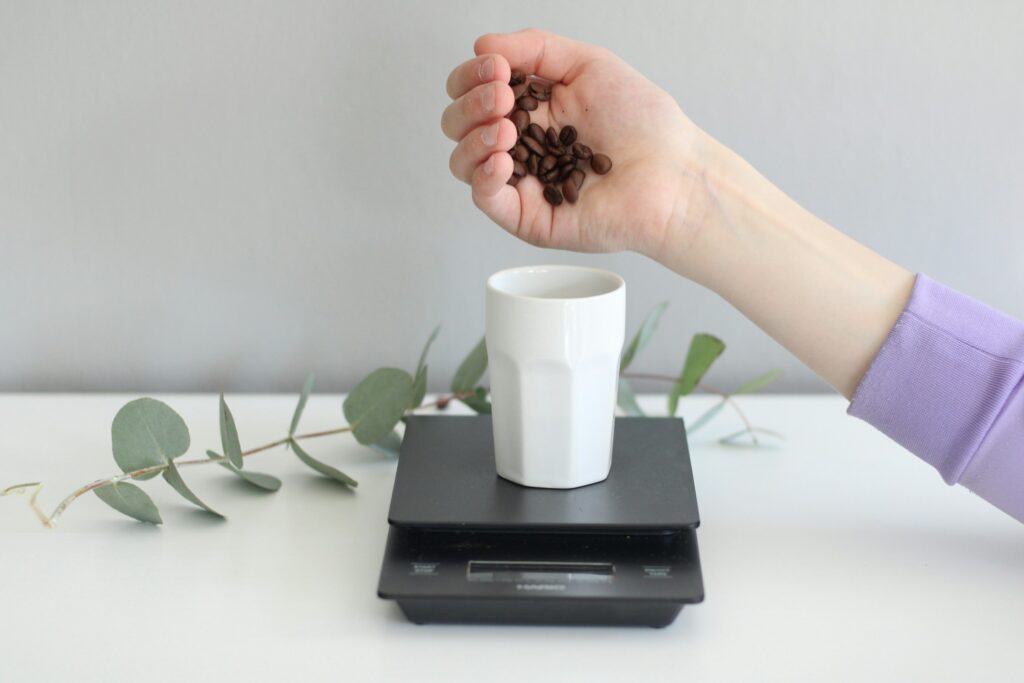
Accurate measurement is key to consistent results.
Use a scale to measure out your coffee and water.
The recommended ratio is 1 ounce of coffee for every 4 ounces of water.
This ratio creates a strong, concentrated coffee similar to espresso.
Using a scale ensures precision and helps you achieve the perfect balance.
5. Add the Coffee to the French Press
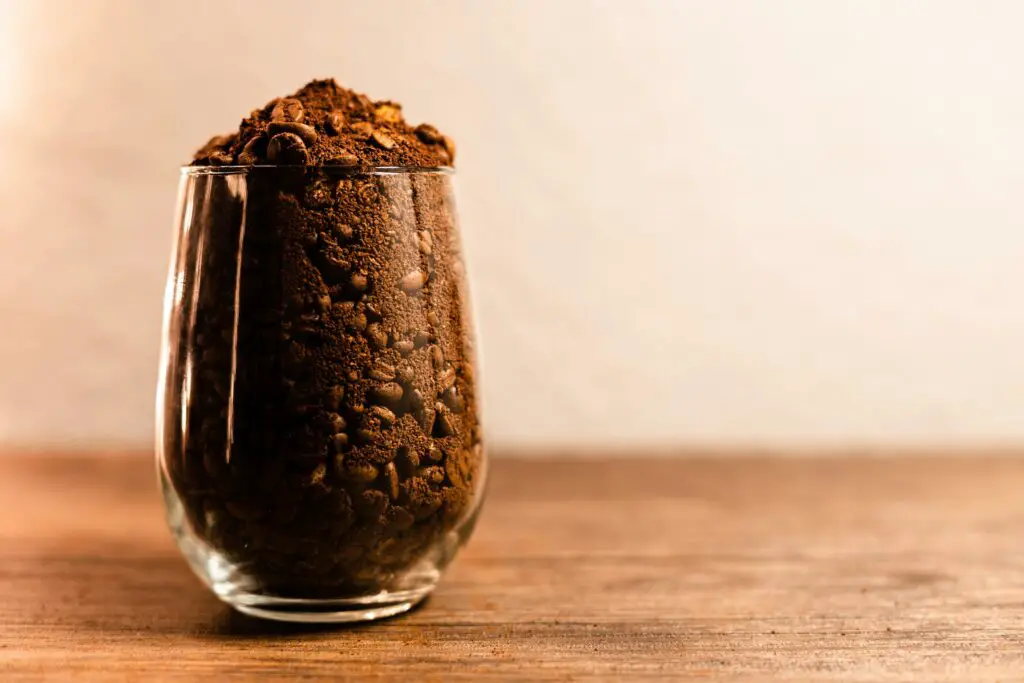
Once your coffee is ground, add it to the preheated French press.
Make sure to distribute the coffee grounds evenly across the bottom.
This even distribution helps with consistent extraction and flavor.
6. Boil and Pour the Hot Water
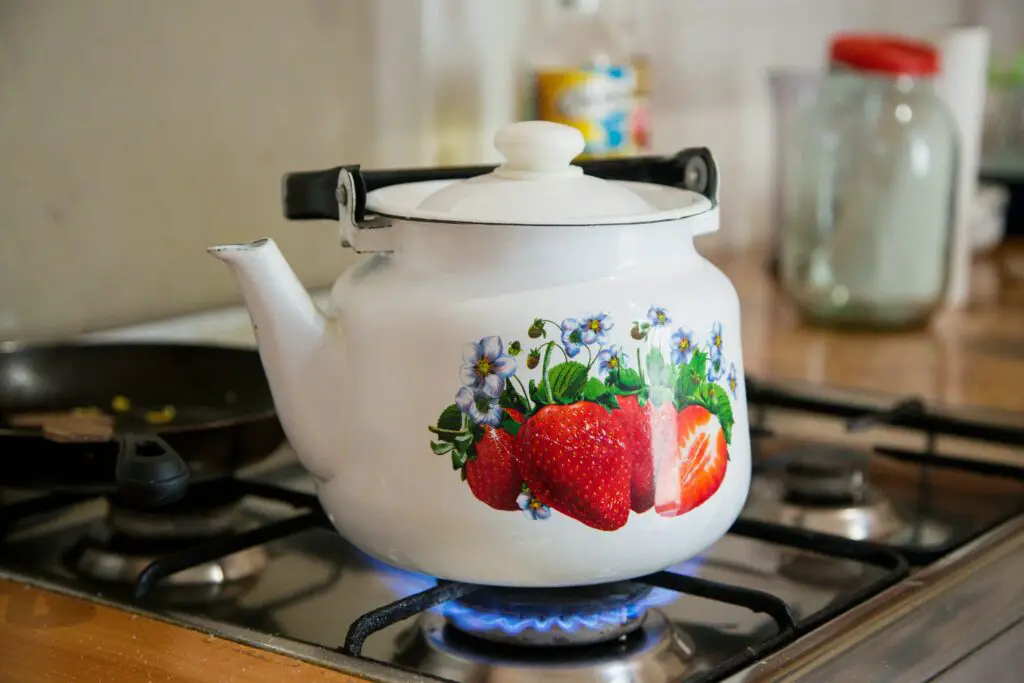
Boil water and let it cool slightly to reach a temperature between 195°F and 205°F.
Pour the hot water over the coffee grounds in a circular motion, ensuring all the grounds are saturated.
This method helps release the coffee’s flavors evenly.
7. Steep the Coffee
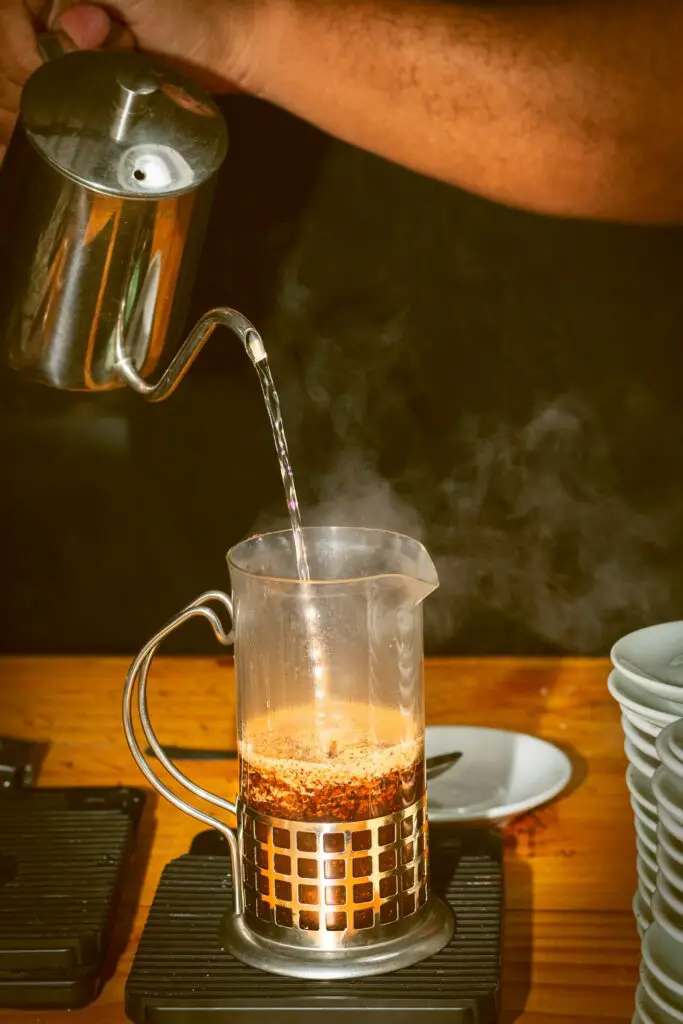
Allow the coffee to steep for 4-5 minutes.
Steeping time is crucial for extraction.
Too short, and the coffee will be weak; too long, and it may become bitter.
Start by blooming the coffee grounds for 30 seconds.
This involves pouring a small amount of hot water over the grounds and letting them sit.
Blooming releases gases and enhances flavor.
After blooming, pour in the remaining water and let it steep.
8. Press the Plunger
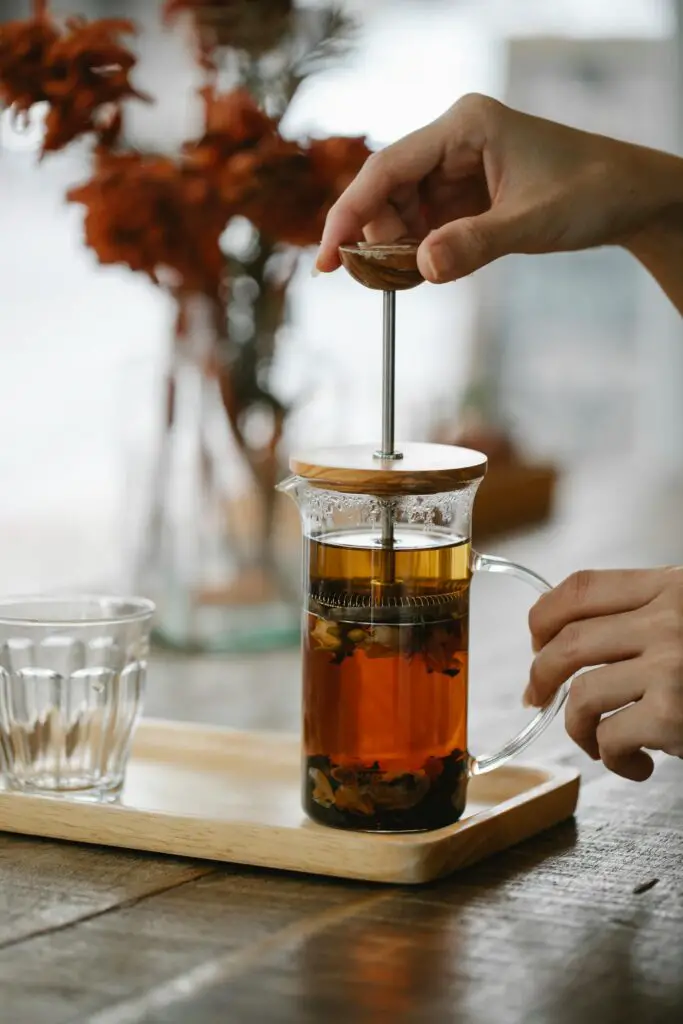
After steeping, press the plunger down slowly and steadily.
A slow press ensures the coffee grounds are pushed to the bottom without disturbing them too much, which helps create a layer of foam similar to espresso crema.
This foam adds to the coffee’s texture and mouthfeel.
9. Serve and Enjoy

Pour the French press-made espresso into your cup.
For a cleaner cup, you can pour it through a paper or cloth filter.
This step removes any remaining fine grounds and produces a smoother coffee.
Enjoy your rich, flavorful espresso-like coffee, perfect on its own or as a base for other coffee drinks.
Tips for a Flavorful French Press Espresso
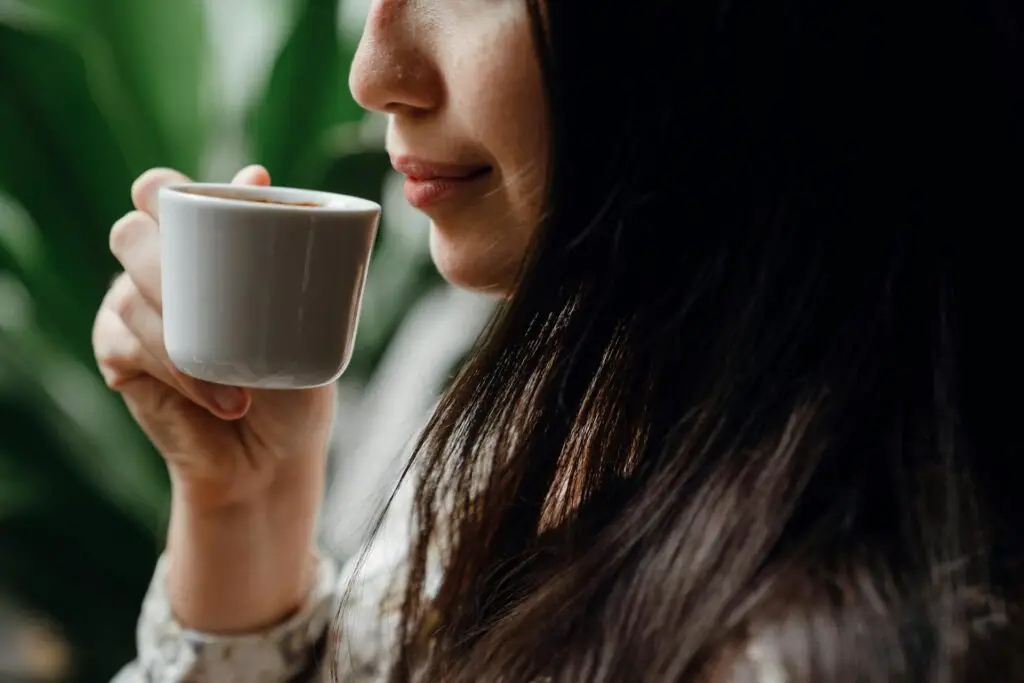
Selecting the Right Beans
Choosing the right beans is the first step to a great cup of French press espresso.
Opt for bold, flavorful dark roast coffee beans labeled as espresso roast.
These beans have been roasted longer to bring out rich, intense flavors that are perfect for espresso.
Freshness is key, so check the roast date and aim to use beans within a few weeks of roasting for the best flavor.
Proper Grind Size
The grind size significantly impacts the taste and texture of your coffee.
For French press espresso, a medium-fine grind is ideal.
This grind size allows for optimal extraction without producing too much sediment or bitterness.
If the grind is too coarse, the coffee will be weak and under-extracted.
If it’s too fine, it can lead to over-extraction and a muddy texture.
Managing Water Temperature
Water temperature plays a crucial role in the brewing process.
The ideal range for making French press espresso is between 195°F and 205°F.
Water that’s too hot can scorch the coffee grounds, resulting in a bitter taste.
Conversely, water that’s too cool won’t extract enough flavor, leading to a flat and underwhelming cup.
Using a thermometer can help ensure you stay within the optimal temperature range.
Perfecting Brewing Time
The brewing time also affects the final flavor of your coffee.
For a dark roast, a steeping time of 4-5 minutes is typically recommended.
This allows for full extraction of the rich flavors without becoming overly bitter.
If you’re using a lighter roast, you might want to steep for a slightly shorter time, around 3-4 minutes, to avoid over-extraction and bitterness.
Experimenting with different steeping times can help you find the perfect balance for your taste preferences.
Alternatives to Making Espresso Without a Machine
AeroPress
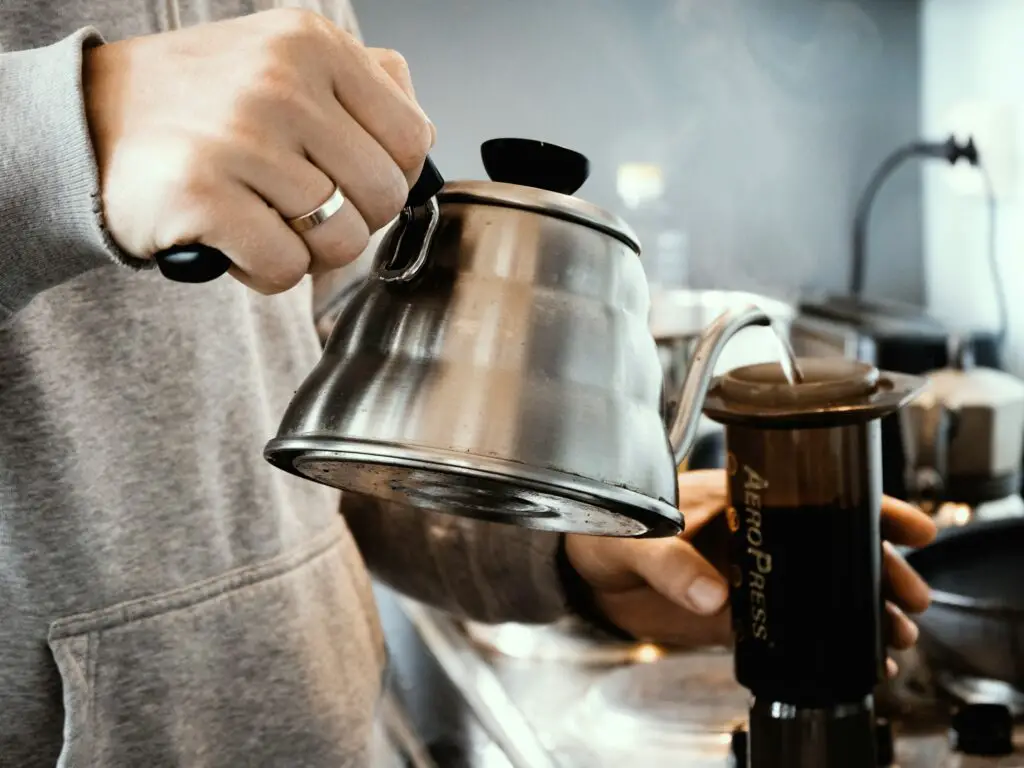
The AeroPress is a popular manual coffee maker that uses air pressure to brew coffee.
To make espresso-like coffee, you add ground coffee to the AeroPress, pour in hot water, stir, and then press the plunger down.
The pressure forces the water through the coffee grounds and a filter, creating a concentrated coffee.
Pros and Cons Compared to French Press Espresso
Pros:
- Faster Brewing Time: AeroPress takes about 1-2 minutes, quicker than the French press.
- Less Sediment: The paper filter used in AeroPress reduces the amount of sediment in the cup, resulting in a cleaner brew.
- Portable: AeroPress is compact and easy to take on the go.
Cons:
- Different Flavor Profile: The pressure and paper filter of the AeroPress can create a slightly different flavor compared to the French press.
- Smaller Capacity: AeroPress typically makes one cup at a time, whereas a French press can brew multiple cups.
Moka Pot
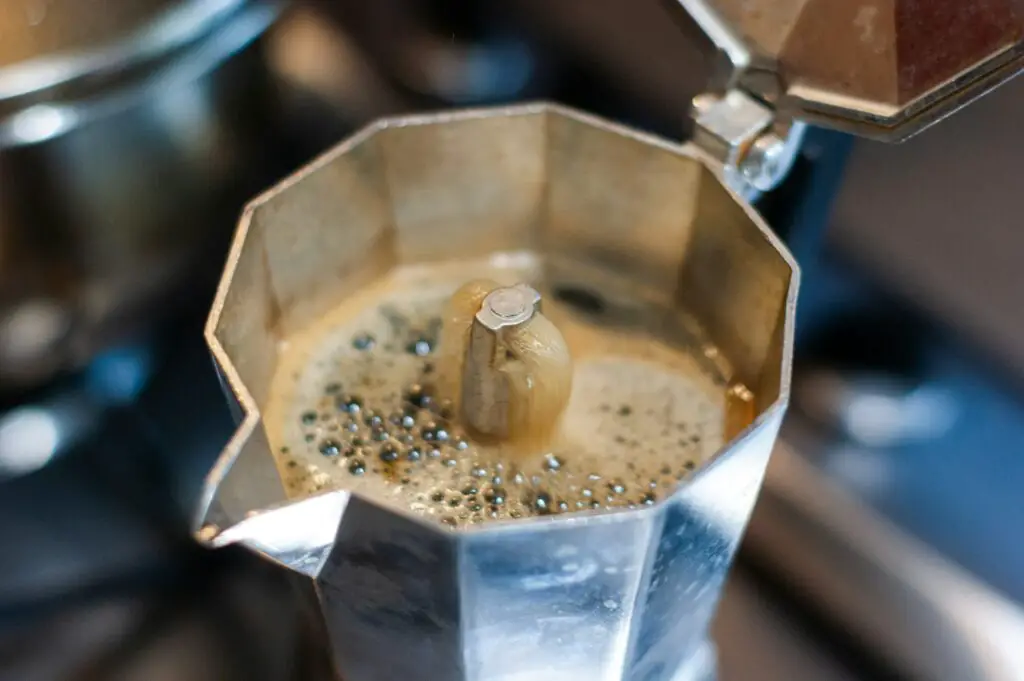
The Moka pot, also known as a stovetop espresso maker, brews coffee by passing boiling water pressurized by steam through ground coffee.
It consists of three chambers: one for water, one for coffee grounds, and one for the finished brew.
As the water heats up, steam pressure forces it through the coffee grounds, creating a strong coffee.
Pros and Cons Compared to French Press Espresso
Pros:
- Strong Coffee: Moka pot coffee is robust and espresso-like, similar to what you might get from an espresso machine.
- Affordable: Moka pots are generally inexpensive and easy to find.
Cons:
- Requires a Stove: Unlike the French press and AeroPress, the Moka pot needs a stove or heat source to operate.
- More Complex Cleanup: Cleaning a Moka pot can be more involved due to its multiple parts.
- Potential for Overheating: If not monitored closely, the Moka pot can overheat, affecting the flavor of the coffee.
Final Words
Making espresso with a French press is simple and rewarding.
By following the steps outlined, you can enjoy a rich, bold cup without needing an espresso machine.
Experiment with different beans and techniques to find your perfect brew.
Enjoy the process and savor each cup!
Frequently Asked Questions
Is French Press Coffee as Strong as Espresso?
French press coffee and traditional espresso differ in strength and flavor.
Espresso, made with high pressure, has a more concentrated and intense taste.
French press coffee, while bold, tends to be less intense due to the lower pressure used in the brewing process.
Will Caffeine Content Differ Between Espresso Made in French Press vs a Machine?
The caffeine content can vary between espresso made with a French press and a traditional espresso machine.
Generally, traditional espresso has a higher caffeine concentration per ounce.
However, the total caffeine content can be similar if the serving sizes differ.
Is French Press Grind Size the Same as Espresso Grind?
No, the grind size for French press and espresso differs significantly.
Espresso requires a fine grind to allow for proper extraction under high pressure.
French press uses a coarser grind to prevent sediment in the cup and to ensure a balanced extraction over a longer brewing time.
What to Serve with French Press Espresso?
French press espresso pairs well with a variety of sweet treats.
Consider serving it with pastries, cookies, or biscotti to complement the rich, bold flavors of the coffee.


